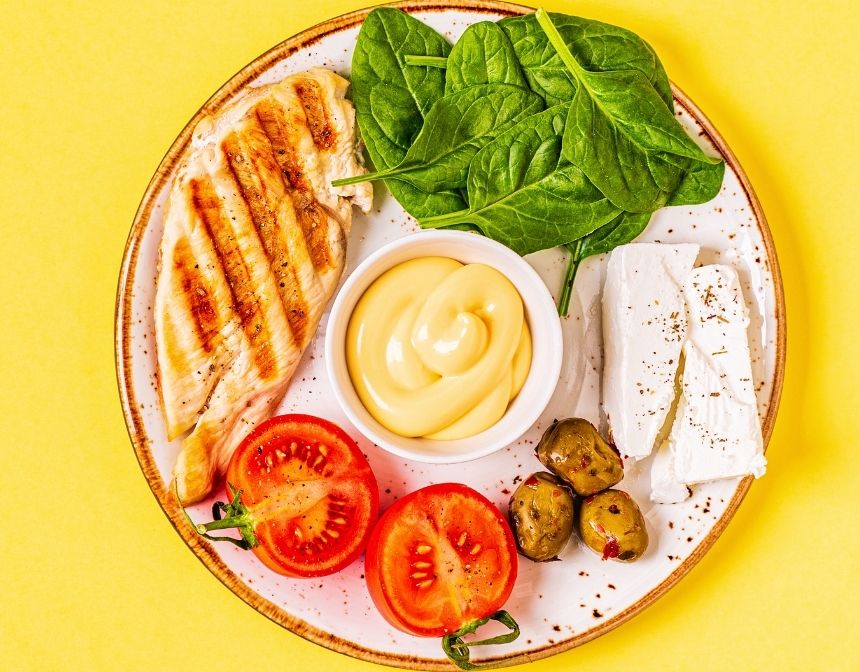What Is The Difference Between Bavarian Cream and Custard?
Custard is a milk or cream based product which is sweetened with sugar and thickened by gently cooking with eggs or egg yolks. Bavarian cream is made by first creating a traditional custard and then setting with gelatin to create a set and thickened cream.
What Is The Difference Between Boston Cream and Bavarian Cream?
Boston cream is creme patissiere, a silky, pipeable pastry cream used to make Boston cream pie. The classic American dessert is made of vanilla sponge cake layered with pastry cream. Whereas Bavarian cream is a thick, set texture due to the gelatin which can be used as a Bavarian cream filling or single dessert while Boston cream has a lighter creamy consistency and is only used as a filling.
What Are The Types of Custard?
There are many forms of custard, the classic varieties are creme anglaise and creme patissiere. Large-scale productions of custard often use a starch base as a thickening agent which provides a longer shelf life and more stability than the traditional egg-based custards. Many home cooks and restaurants also make the addition of cornstarch or flour to their custard as this ingredient helps to prevent curdling, overcooking and thickens as it is heated.
Creme Anglaise - a light pouring custard, made using sugar, egg yolks, vanilla and milk, which is popular in British desserts.
Creme Patissiere - a thick pastry cream which is sweetened. Thick, rich and creamy this is ideal for piping, used for desserts such as profiteroles, eclairs, mille feuille, Boston cream pie and fruit tarts.
Creme Mousseline - a form of creme patissiere which is then whisked with softened butter to form a foamy and airy texture with decadent richness. Creme mousseline is the filling of choice for famous French desserts such as Paris-Brest, Fraisier cake and Tarte Tropézienne.
Creme Bavaroise - a custard set with gelatin and combined with whipped cream, served as a standalone dessert or classic filling for Charlotte cake.
Does Bavarian Cream Have To Be Refrigerated?
Yes, Bavarian cream contains eggs and dairy so must be refrigerated once made. The Bavarian cream is best used fresh and can be kept in the refrigerator for up to 3 days. Store-bought Bavarian cream filling may be stored at room temperature but should also be refrigerated once opened.










































